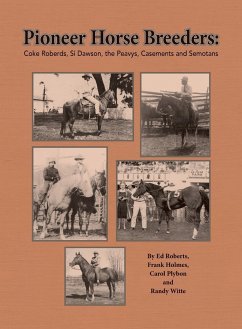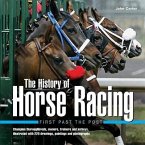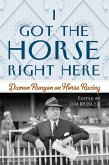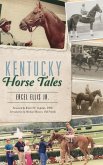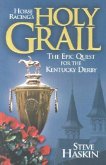Coke Roberds and Si Dawson were both born in 1870, grew up on ranches and were life-long friends. They both moved to ranches in Routt County, Colo., shortly after the turn of the 20th Century, and raised cattle and horses. They were passionate about finding and raising the best possible horses for ranch work and racing. In 1914, 16-year-old Marshall Peavy acquired a nearby ranch and immediately shared his neighbors' passion for breeding the best to the best. He married the local school teacher, Mavis Caldwell, and she went on to become a famous horse breeder as well. Another nearby pioneer family, the Semotans, joined in with the neighborhood horse activities. In those days horses were important for transportation and work, for gathering cattle and sheep, and for supplying the U.S. Cavalry with mounts to meet their needs. To the families of that time and place, their horses were a source of income, but also a source of pride and entertainment-for racing, roping and polo. Marshall and Mavis Peavy hosted an annual "field day" on their ranch, which included a variety of horse competitions, picnic lunches and lots of visiting. Another important family, the Casements, moved to this area near Steamboat Springs, Colo., and also contributed greatly to the development of the Quarter Horse and Appaloosa breeds. These early-day breeders bought, sold and traded horses among themselves and created a nation-wide demand for their equine off-spring. Many of their descendants are still involved with horses today. The 148-page book includes 185 black-and-white photos, mostly depicting the pioneer breeders, their horses and lifestyles. Text was generated from family interviews and letters, plus researched material.

